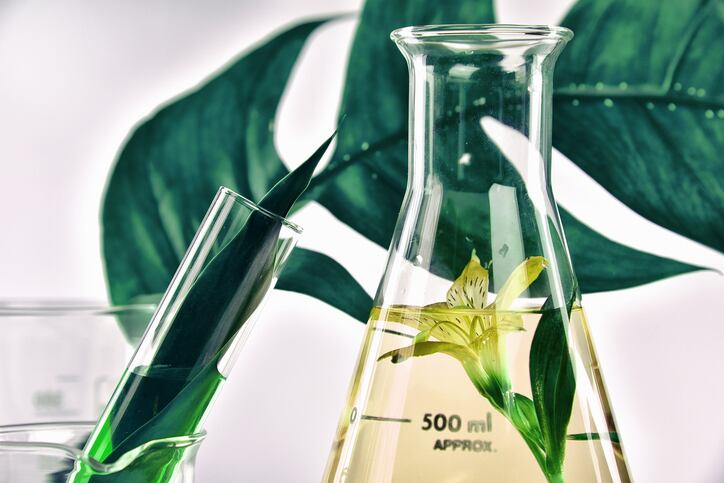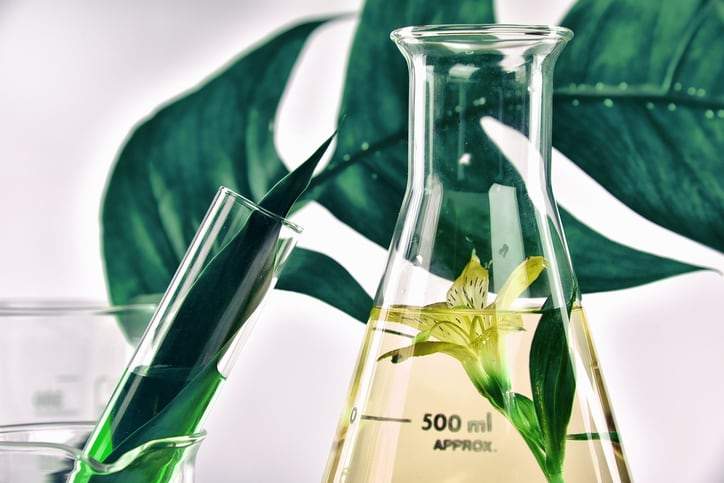The IFRA Standards form the basis for the globally accepted and recognized risk management system for the safe use of fragrance ingredients and are part of the IFRA Code of Practice.
This is the self-regulating system of the industry, based on risk assessments carried out by an independent Expert Panel.
We take a look at the Standards, and how they can help keep fragrance for the beauty and personal care industry, including its perfume and fine fragrance category, up to the increasingly high standards for safety, performance and transparency expected by consumers today.
How to meet the standards?
There are three types of IFRA Standards, and in order to differentiate between different potential issues within a fragrance formulation or ingredient, and depending on its purpose and function.
The three types are:
- Prohibited means that an IFRA Standard may ban the use of a substance when it is intended to be used as such in a fragrance compound. However, this does not necessarily exclude the use of a fragrance material (natural or synthetic) which contains the same substance as a component or contaminant provided, in the judgment of the RIFM Expert Panel (REXPAN), there are sufficient data supporting the safe use of the fragrance material, and that it is not being used to provide an alternative, indirect source of the banned substance.
- Restricted means that you can use this material but only below a certain concentration in the finished product. For most of the “IFRA Standards of restriction”, you will find a table (this is what we call a QRA Standard).
- Specification means that you have to respect a purity criteria.
For companies and formulators looking to follow the Standards, the IFRA provides a guidance Standards booklet to give full information on what is expected and required to meet the standard, and how to get accredited.
What is IFRA?
IFRA, incorporated in Geneva and with offices in Brussels, was founded in 1973 to represent the collective interests of its members and supports those of the finished fragrance products community.
Membership is open to associations of fragrance manufacturers from all countries/regions, and currently includes members from Asia/Pacific, Europe and the Americas.
IFRA develops and implements a Code of Practice (the Code) that provides recommendations for good operating practice and guidelines on fragrance ingredient safety assessment, and includes fragrance safety Standards which may limit or ban the usage of certain fragrance materials.
Any member of IFRA has to follow the Code, but otherwise it is not a binding regulation for the fragrance industry - more a recommended guideline to be followed.




